Podcast: Download
Subscribe: Apple Podcasts | RSS
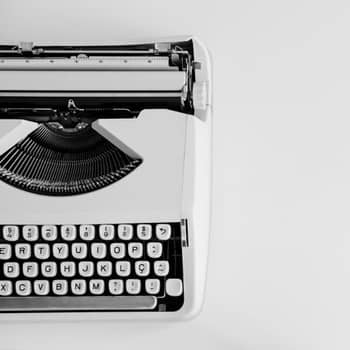 The link method is a powerful memory technique that has been used for thousands of years.
The link method is a powerful memory technique that has been used for thousands of years.
But it can be confusing because people use the term in several different ways.
Seriously, the sheer number of definitions is enough to make your mind melt.
Well, never fear. On this page, I’m going to do my best to reduce the confusion.
Because the reality is this:
Linking really can help you learn faster and remember more.
You just need to apply this mnemonic device in the right way and in the situations where it’s useful.
So if you want to master linking for faster and more thorough learning, let’s get started!
What Is The Linking Method?
A link is literally part of a chain. If you have a gold necklace, for example, each loop links to the next one until the circle is completed by a clasp.
When it comes to memory techniques, a link is the element we use to help us create an association that “triggers” information we want to remember.
In many memory courses and books, linking is described in terms of a chain. Everyone from Bruno Furst to Harry Lorayne presents it this way.
For example, in some memory trainings, the memory expert will give you a list of words like:
Hero
Drill
Spacecraft
Music
They will suggest that you:
- Create an image that reminds you of the first word in the chain, and
- “Link” the next word to the first.
For example, you would imagine that the hero uses a drill on a spacecraft that is blasting out music.
This way of using linking sounds a bit like a story, doesn’t it?
If so, then it is the story that is doing the linking.
And no doubt, having a narrative to think back to is helpful in recalling the list. It also has a weakness though. If you can’t remember how the story started, or a link in your chain goes “missing,” then your hopes of remembering the list quickly falls apart.
When Is This Version Of The Link Method Helpful?
Do you want the truth?
I really don’t know. It’s up for you to practice it and use it in different situations.
What I can tell you is that I rarely if ever use it this way. I don’t memorize random words for no reason, and I personally think it’s a shame memory books use such examples.
Really, the only time you need to memorize random words is when it’s actually not that random. I’m talking about when you go shopping and need to get tomatoes, carrots, celery, and bread. In such a case, it does make sense to see a tomato stabbing celery and bread with a carrot.
But why waste time on memorizing such a list when you could just write it down? If you’re going to memorize your shopping list, at least get a bang for your buck by memorizing it in a foreign language.
That extra step will give you practice so you can memorize complex terms, like medical definitions, more foreign language vocabulary, and names for new people you meet or important people you learn about.
The Ultimate Linking Supplement: Spatial Linking
The Memory Palace technique – sometimes called the Method of Loci or the Roman Room Method – is the ultimate link for a few reasons.
First, let’s think about that necklace again.
Rather than using a memory system where your links must provide both the connection and the trigger for the target information, the Memory Palace lets you divide the two things.
So imagine a necklace with eight links. That’s like a Memory Palace with two rooms. In each room, you simply use the four corners in each.
(Of course, you can make much bigger Memory Palaces with many more Magnetic Stations, but let’s just keep it simple for the sake of explanation.)
Now what you’ve done is created a no-brainer, easy-to-follow journey with rooms as the linking structure. Then, you can place your hero on or near corner one of your Memory Palace. That hero is linked to the space itself and you don’t need to “link” it to the drill on the next corner.
NOTE: I call these corners “Magnetic Stations.” I use this term for two reasons:
First, it’s like each place in the Memory Palace has a fridge and my associations are like a fridge magnet. I can then use the imagery to stick information I want to memorize in place, just like I would store concert tickets in real life.
Second, magnets have the ability to repel certain things. For example, when I use this kind of linking, my mind pushes away all the distractions. I’m focused just on the information on hand.
Now, this doesn’t mean I can’t have the hero and the drill interact. If it’s useful to do so, the hero can move from the first corner to the second. But I’d rather have some kind of image that is working to help me memorize the word “hero” first before moving on to the next word.
My “link” for that word would drill into the word itself, leading to the use of something like a favorite superhero eating a Hershey chocolate bar in a weird way before blowing a smoke ring. I explain more here:
Now, there is a story element going on here, but it is not the story method as such. Rather, it’s more like having a vignette on each and every station of the Memory Palace.
The real benefit of the Memory Palace as a base or meta-linking structure is how this technique helps with recall. You don’t have to think back to how the story started. You can simply think back to where you placed the first link, which gives you two chances to kickstart your list of associations.
Link Method Examples That Will Make Your Memory Pop
There are potentially millions of examples one could give.
The problem is this:
In 90 BCE, the unknown author of Rhetorica Ad Herennium warned against weakening students by giving too many examples. It counsels the teacher of memory to give only a few so that students quickly learn to create their own. It’s like the old saying goes: Teach people to fish so they can feed themselves.
I actually think we need to take it further:
Teach people to fish, hunt, and farm so they can eat whatever they want. Eating fish every day is boring!
Jokes aside, here are some of the best blog posts on my site that are packed with mnemonic examples:
How to Memorize the Presidents
In addition to the best coming from your own efforts, great mnemonic examples are the ones that:
- Connect with multi-sensory levels of your imagination
- Come from your personal experiences with people, locations and pop culture
- Dig into the alphabet based on the “hero” example I gave above
Why is the alphabet so crucial?
The answer is simple:
It’s the ultimate necklace! Think about it: A-Z is a pre-memorized set of “locations”.
So if you want to always have “links” ready to go, get out a piece of paper and write out associations for each letter of the alphabet. Like this:
Z = Zorro
Y = Yankovich (Weird Al)
X = Xylophone
W = Weathervane
Etc…
Go for a mixture of objects and people.
Ideally, all of your objects will connect with people or places in some way. For example, I don’t just think of a weathervane in an abstract way. I’m thinking specifically about the weathervane used as a weapon in the movie Warlock.
Likewise, with Zorro. I think specifically of Antonio Banderas’ performance of this character. That was particularly important when I was learning German, a language packed with Z words.
For example, “zerbrechlich” means “fragile.” I simply saw Banderas as Zorro at a Berlin movie theatre with a few other images to help me memorize the sound and meaning of this word.
The next steps are to make sure the “links” are multi-sensory and then add some more German words. 5-10 at a time in a single Memory Palace is a decent sweet spot, though some people can memorize many more.
It’s just a matter of:
- Thoroughly studying the techniques
- Preparing your Memory Palaces and images in advance
- Practicing through consistent application
Link Method Psychology: The Mindset of a Memory Master
Phew — that was quite a deep dive into linking!
In sum, if you need to memorize a list of items, having the words themselves interact with each other based on mental imagery can work.
However, if you need to memorize information that is a bit more ambitious, you’ll probably want more robust techniques.
The good news is that neuroscientists like David Eagleman think the brain has space for a zettabyte of information. And like a computer’s hard drive, everything you memorize requires space.
My suggestion is that before you start practicing any of the memory techniques available to you now, think about your goals first.
Then pick the technique that is most likely to help you accomplish your mission.
So what do you say? Are you ready to give either of these a try? Or if you want more simple and fun memory improvement tools to choose from, sign up for my free Memory Improvement Kit today.
Related Posts
- MMMP 009: Memory Training Consumer Awareness Guide
Here's an audio presentation of The Magnetic Memory Method "Memory Training Consumer Awareness Guide."
- Memory Loss Story And Memory Recovery Tips With Jennie Gorman
Memory loss is frightening. However, the solution may be simpler than you think. Jennie Gorman's…
- What If You Could Memorize Just One Word Continued
Here are some of the submissions I received when I asked people what if they…


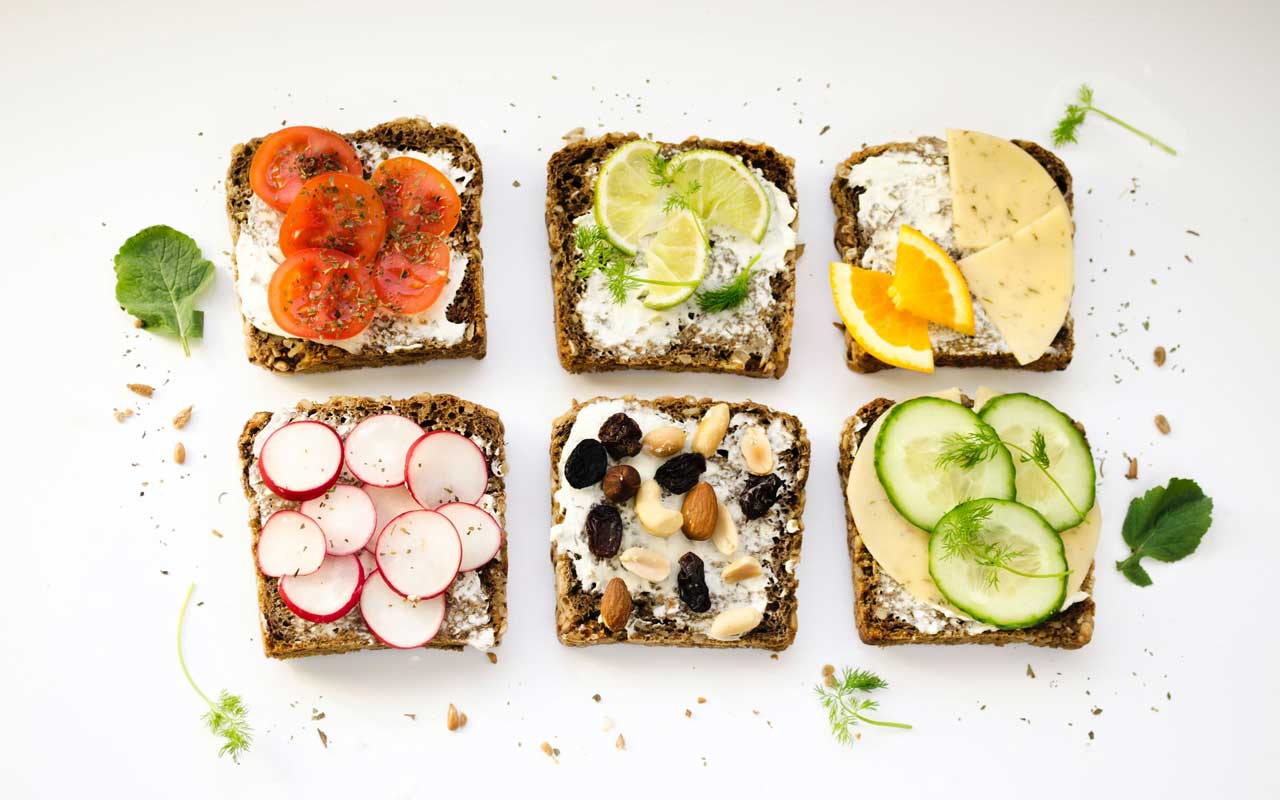
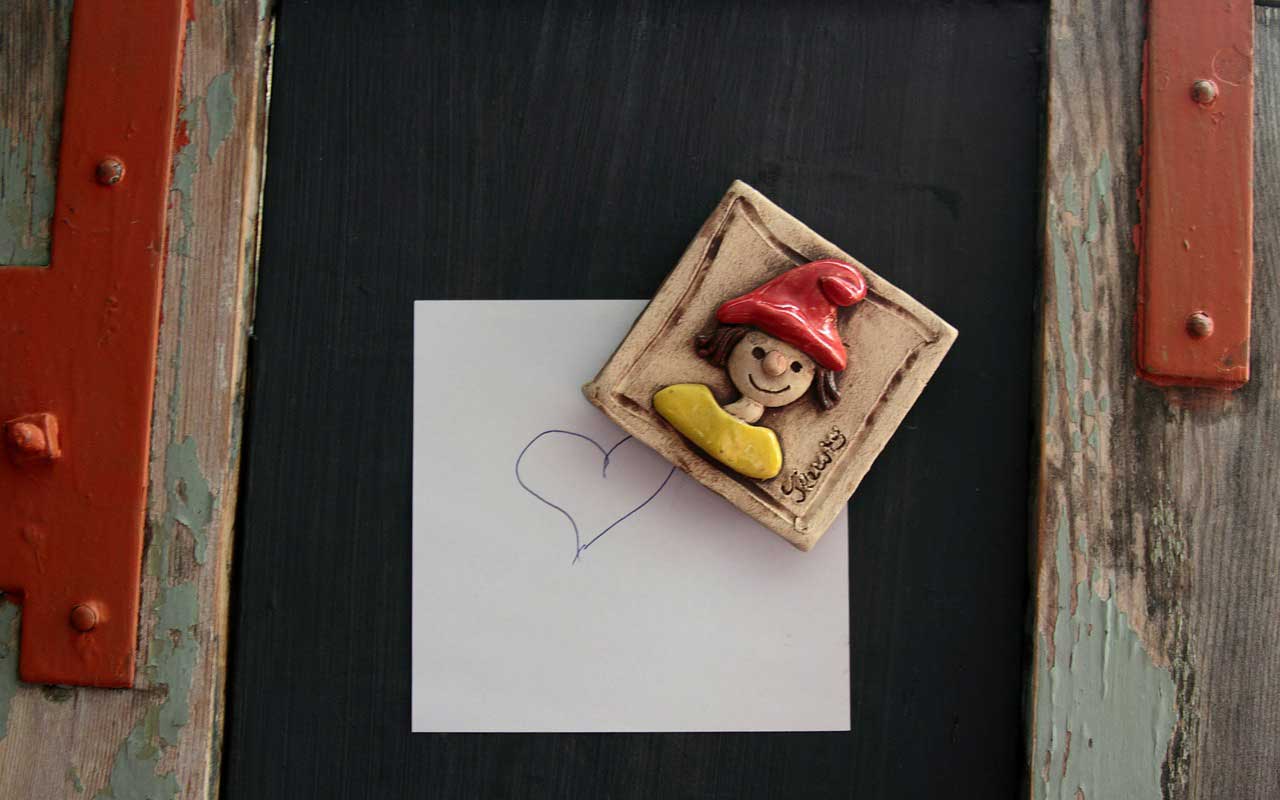

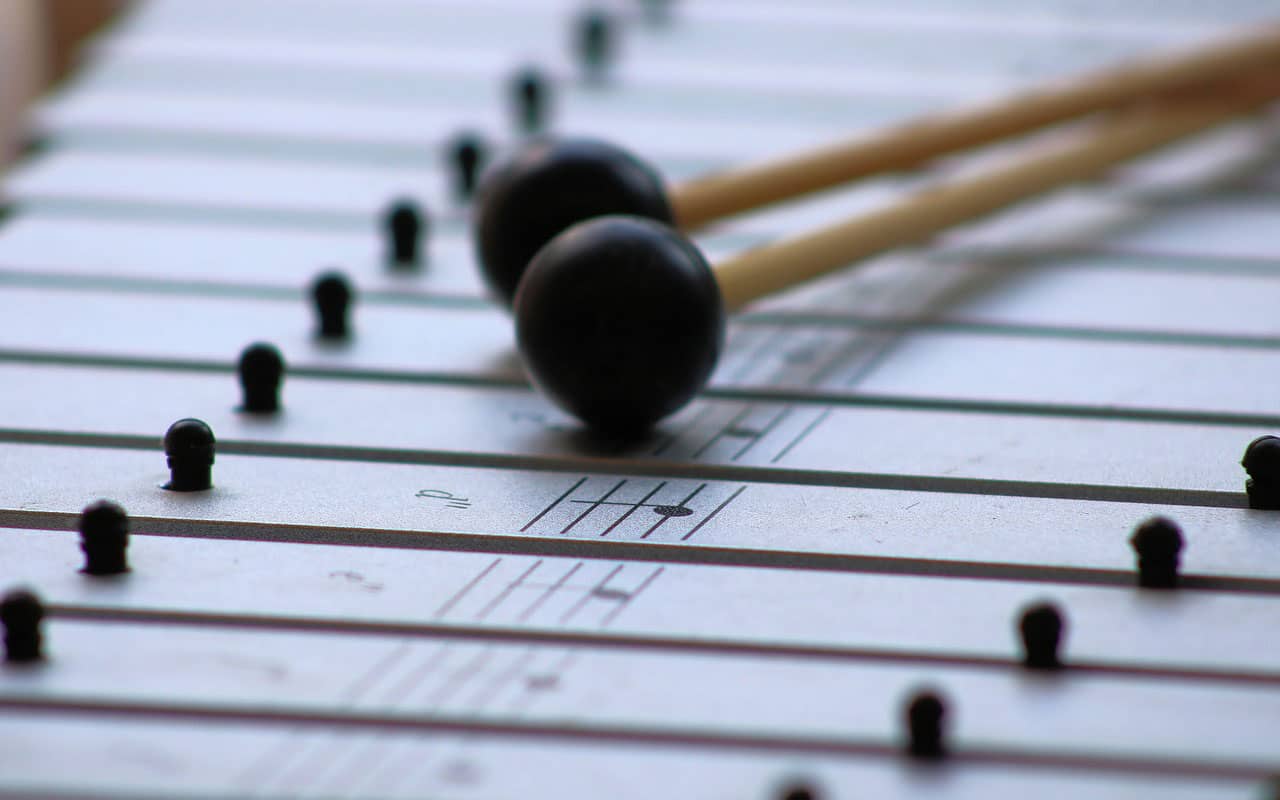
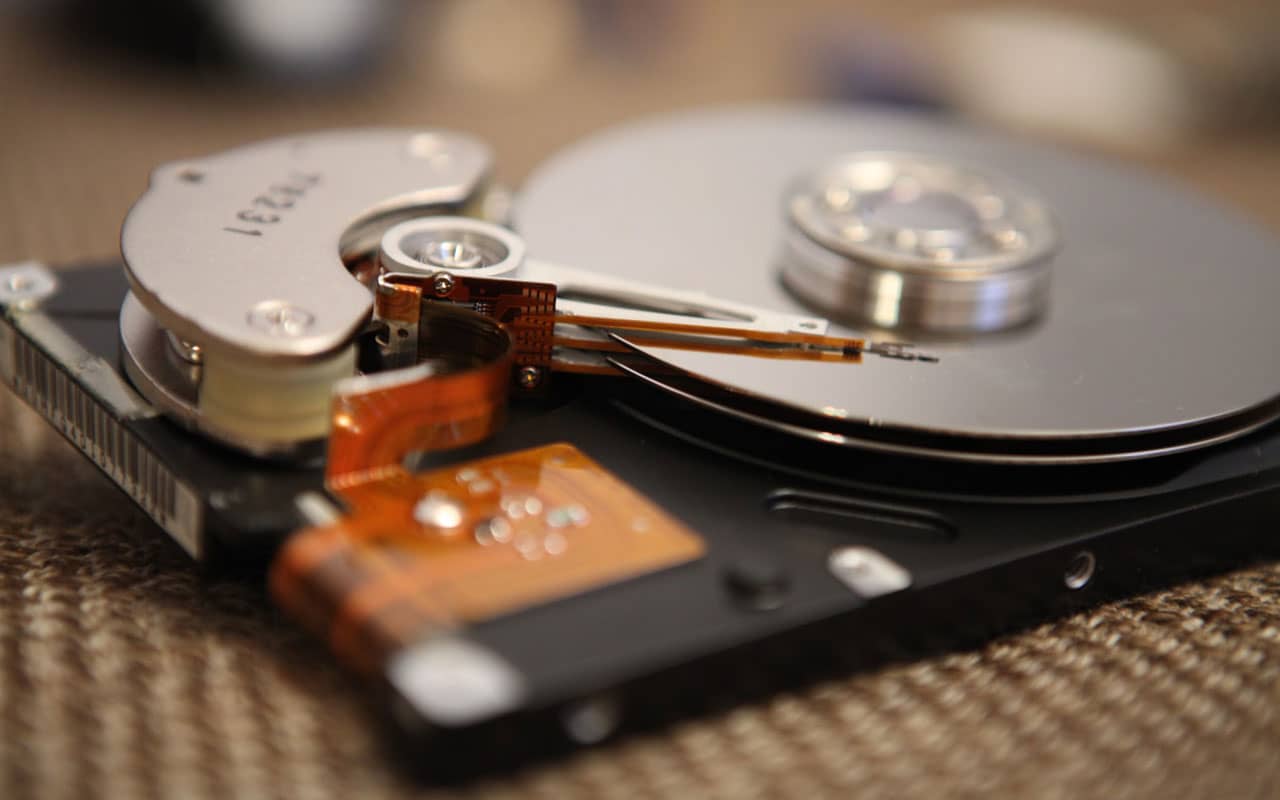




2 Responses
Do any movies use the link method?
That’s a great question.
I’m not aware of any movies that explicitly state the use of mnemonics.
But one that comes to mind is Mission Impossible: Rogue Nation.
In it, Ethan tells another character that he memorized some data. But I don’t remember it mentioning which exact techniques he used.
In principle, some form of linking will always be involved in such efforts.